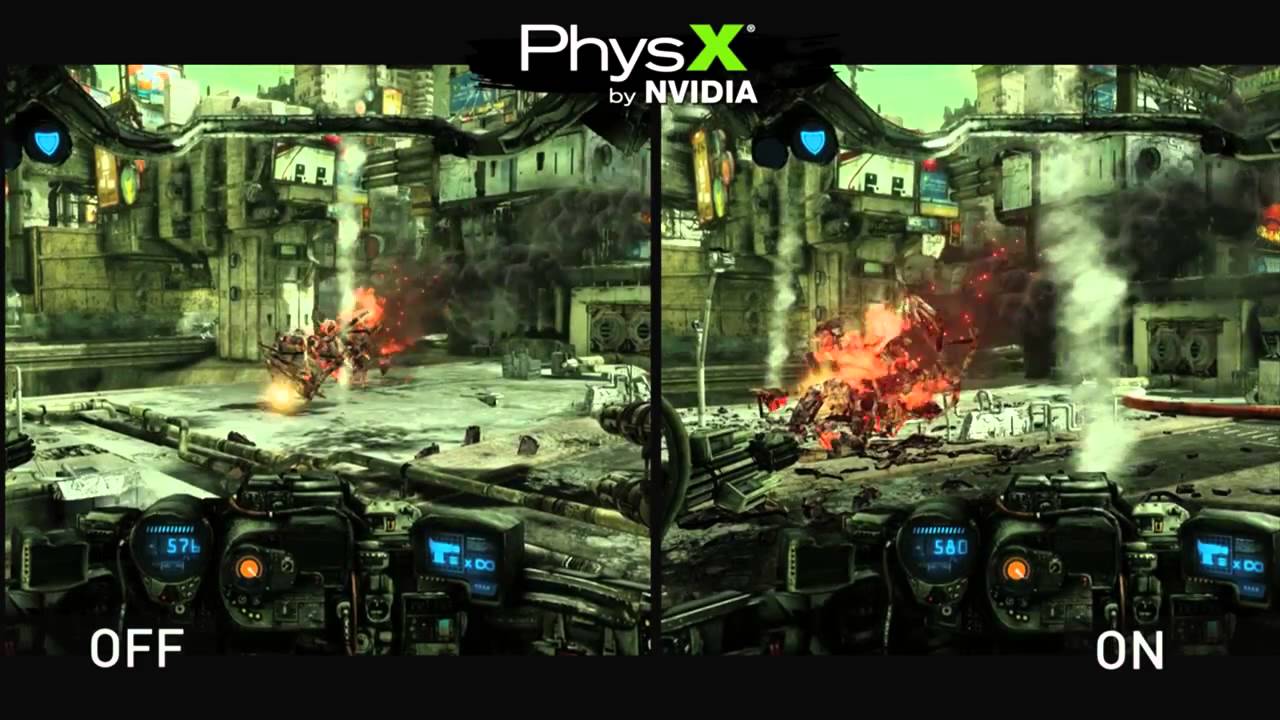Forgotten Gaming Technologies: From PhysX to Mantle
While today’s gaming world buzzes with discussions about ray tracing and supersampling, it wasn’t long ago that different technologies dominated the scene. Names like PhysX, TressFX, and Hairworks were once at the forefront of gaming innovation. What happened to these cutting-edge solutions that have now faded from view?
PhysX, perhaps the most well-known of these “lost” technologies, began with Ageia, not NVIDIA as many assume. Ageia introduced PhysX, based on NovodeX Physics technology, and even produced dedicated physics processing units (PPUs). NVIDIA later acquired Ageia in 2008, integrating PhysX into their CUDA architecture.
While PhysX seemed to disappear, it actually became more ubiquitous. In 2015, NVIDIA open-sourced the PhysX engine, leading to its integration into many popular game engines like Unity, Unreal Engine 4, and 4A Engine. The technology continues to power physics simulations in numerous games, albeit without the marketing fanfare of its early days.
NVIDIA’s 3D Vision, introduced in 2008, aimed to bring stereoscopic 3D to gaming. Despite initial excitement and support from some game developers, the technology never gained widespread adoption. NVIDIA discontinued support for 3D Vision in March 2019.
Hairworks, another NVIDIA technology, focused on realistic hair and fur rendering. It found use in games like The Witcher 3 and Far Cry 4. Based on tessellation techniques, Hairworks is now integrated into 3D modeling software and game engines, though it’s no longer a major marketing point.
AMD’s TressFX, a rival to Hairworks, debuted in the 2013 Tomb Raider reboot. It has since evolved into PureHair and been integrated into game engines like Unreal Engine 4. The technology continues to improve, offering realistic hair, fur, and grass simulations without the need for specific marketing.
Mantle, AMD’s low-level API developed with DICE, aimed to optimize CPU usage in graphics rendering. While short-lived, Mantle’s concepts heavily influenced the development of Vulkan, a modern graphics API maintained by Khronos Group. Vulkan continues to evolve, building on the foundation laid by Mantle.
These technologies, once at the cutting edge of gaming graphics, have either evolved into standard features or influenced the development of new solutions. While their names may no longer dominate marketing materials, their impact on modern gaming graphics remains significant.

